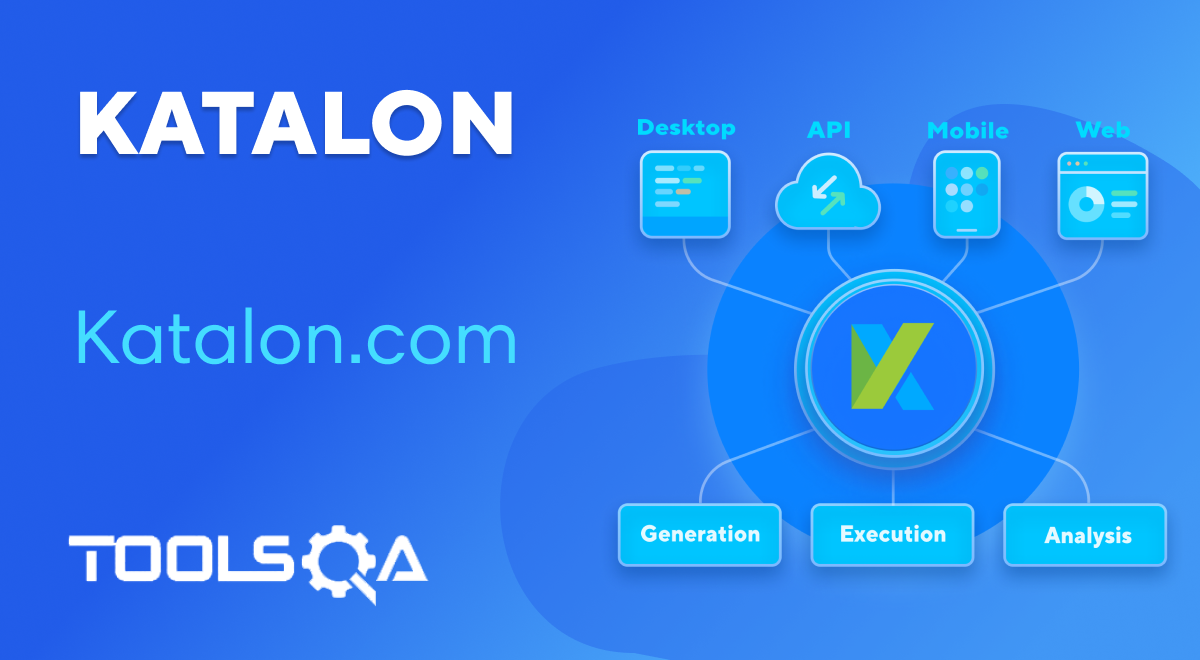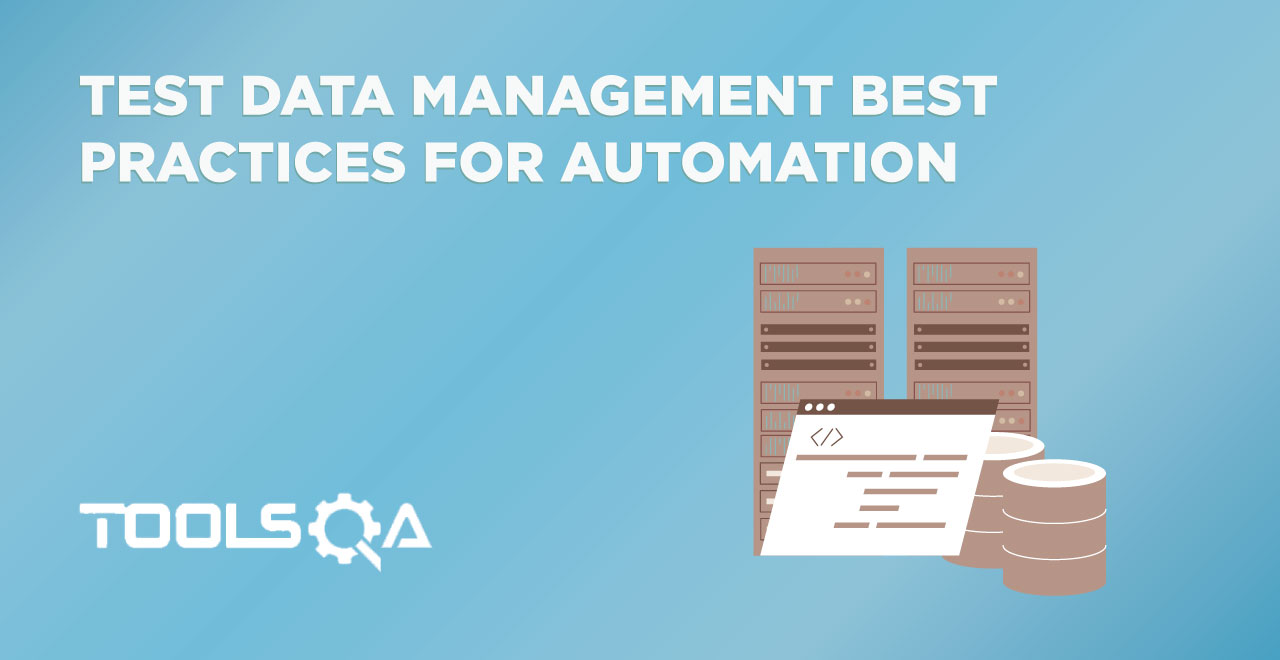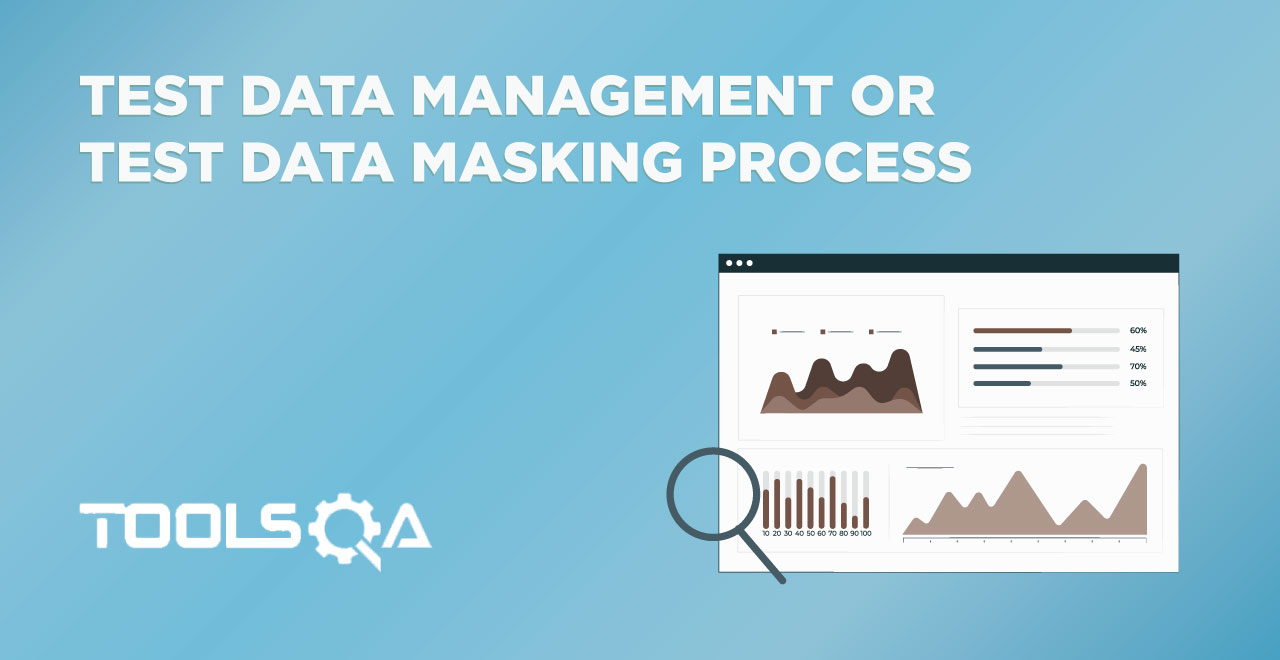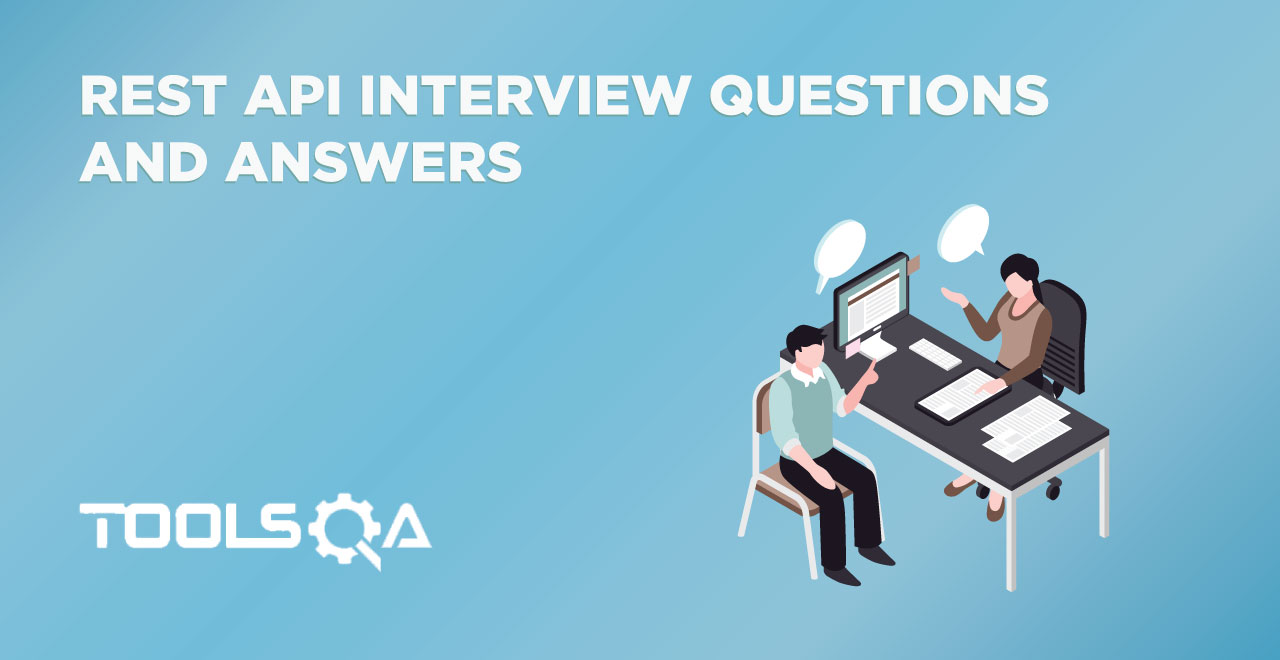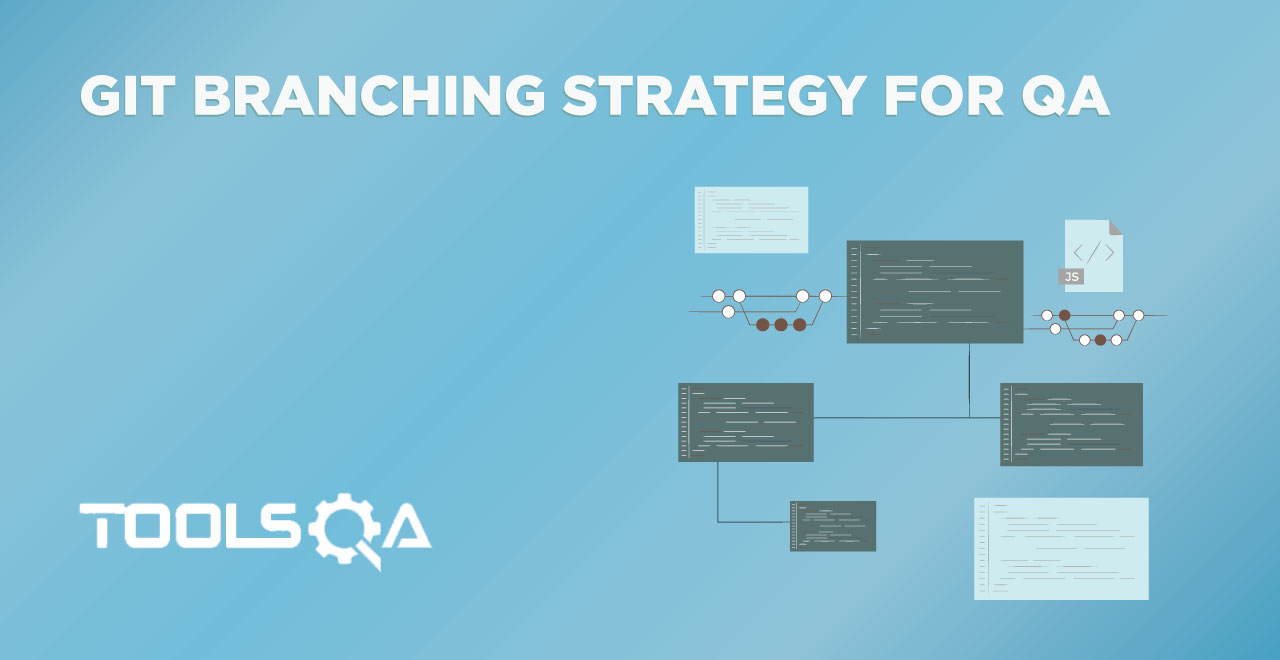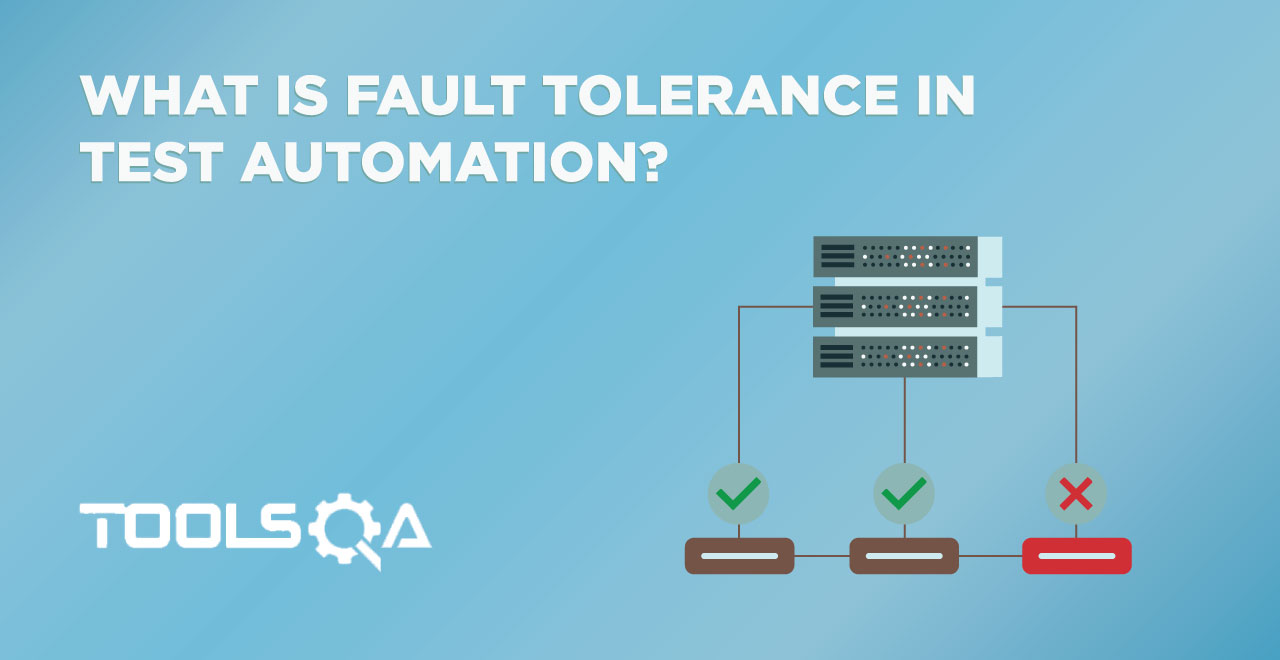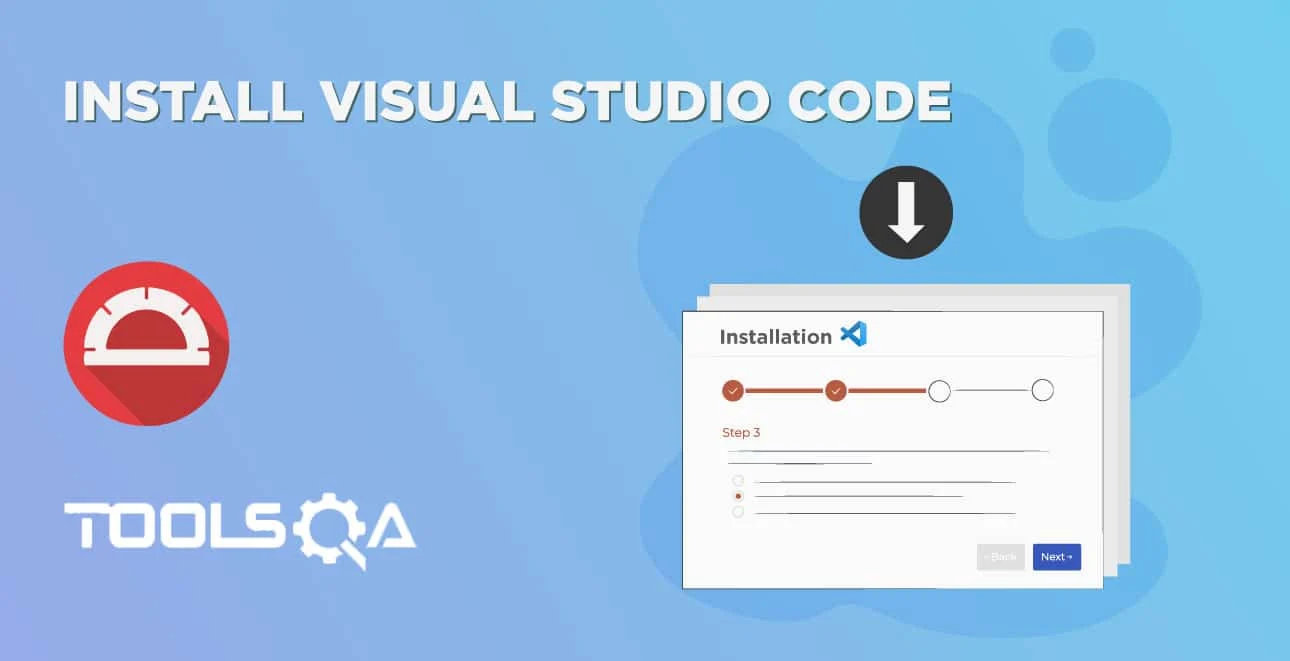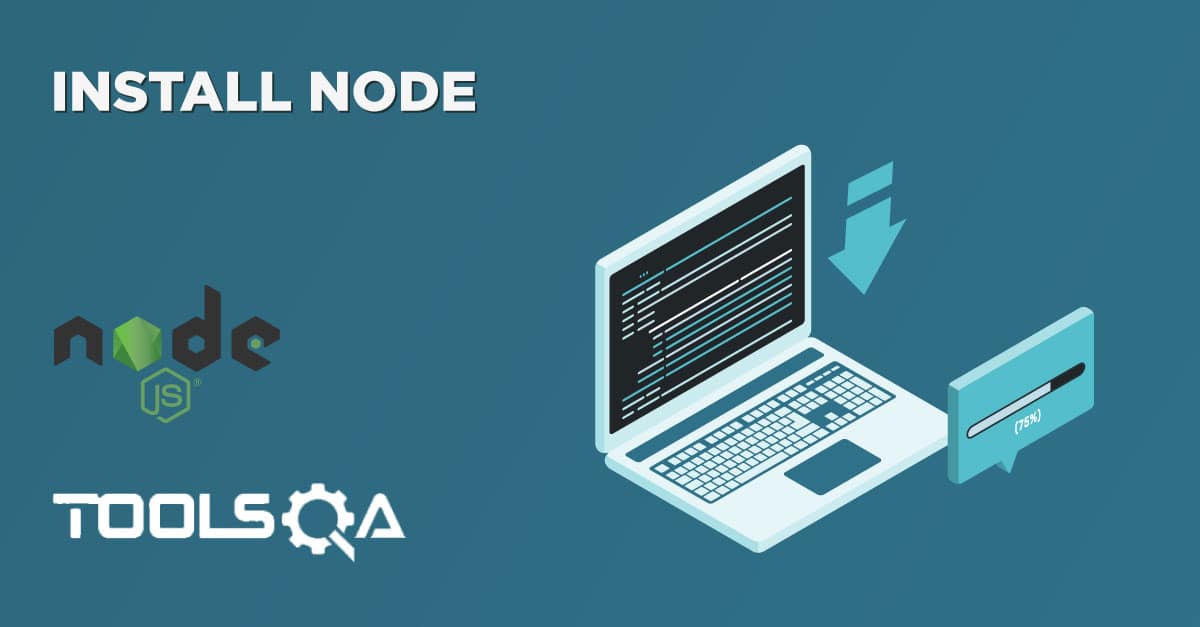Gartner is one of the leading companies in the products research field. Moreover, it is a high trust source of reference for customers to evaluate their products from various software testing industry in 2020 in the world. Subsequently, in this article, we will give you an overview of the three latest findings of the software testing industry in 2020. Additionally, we will also provide you more information in this technology business field and its product offerings.
In this article we will discuss the below main topics:
- What are the best Test Automation Tools of 2020?
- Katalon Studio
- NeoLoad
- BlazeMeter
- How to Apply shift-left testing to improve software quality?
- What is the proposed solution for this?
- What are the critical capabilities of automation testing in 2020?
Best Test Automation Tools of 2020 as Reviewed by Customers
Gartner recently released its annual Gartner Peer Insights "Voice of the Customer": Software Test Automation publication. Its aim to give users clear insights into the software test automation industry’s latest products,
The report’s result is evaluated based on end-users’ reviews and criteria given by Gartner. The purpose of this is to help product makers gain more in-depth insight into specific types of product offerings. All Gartner reviews go through a rigorous analysis and evaluation process to ensure they are qualified, high accuracy, and authentic. To be selected as a Customer’s Choice, vendors have to meet the requirement that is owning a product aligned with relevant markets, receive an overall rating of 4.2 or higher out of 5 stars. They have at least 50 approved customer reviews.
Let’s take a look at top test automation tools named on Gartner Peer Insights Customer’s Choice.
1. Katalon Studio
Katalon Studio, developed by Katalon, is a powerful automation solution with a comprehensive and integrated set of features for Web, API, desktop, and mobile test automation that users can implement into their CI/CD pipeline. Katalon's most popular product is Katalon Studio. It is considered a tool that is easy to use, rich with features, and user-friendly for both novice and expert. Katalon Studio also supports a wide range of software methodologies such as data-driven testing, behavior-driven integration (BDD), CI/CD – DevOps practices, and more.
Once again, Katalon Studio named a March 2020 Gartner Peer Insights Customers’ Choice for the Software Test Automation market.
2. NeoLoad
Developed by Neotys, NeoLoad is a testing platform for enterprises to automate tests from APIs, mobile, web applications to microservices, components in the cloud. It is commonly recognized as an “excellent and great tool ” with a robust feature set to analyze test results. The peer reviewers also commend it as “a very efficient and up-to-date-interfaced platform”.
3. BlazeMeter
BlazeMeter is a complete JMeter-compatible web load testing cloud. Once we create load tests easily, they configure online using the BlazeMeter REST API. It means that instead of manually executing the tests, users create an automated script. And, automatically run a predefined test via the API.
Apply Shift-Left Testing to Deliver Higher Quality Software Faster
According to QASymphony, “Application leaders responsible for developing digital business applications are under increasing pressure to maximize quality and velocity of delivery". QASymphony is an Atlanta-based agile software testing platform. Undoubtedly, applying a “shift left” testing approach has become an essential condition for development teams to deliver higher quality software faster.
However, significant challenges persist, and new ones have emerged in recent years. The followings are three significant challenges that software development teams are facing throughout the software development life cycle.
- Instead of focusing on testing features, Software development teams tend to concentrate more on the first phase of a development cycle. In other words, coding.
- Manual testing and integration with other tools is a costly and time-consuming process.
- User-interface-driven testing is also slow, fragile, and does not provide full test coverage.
Read more: Top Challenges in Test Automation
Proposed solution
- “Test early, test often". Software development teams should start testing features at the beginning stage and throughout the entire development cycle.
- Application leaders in digital business should combine testing and coding into one activity. Additionally, they should perform it at the beginning of the development cycle.
- Team leaders and testers should make it easier for developers to receive feedback about the quality of changes. They can achieve this by implementing continuous integration (CI) and automated testing.
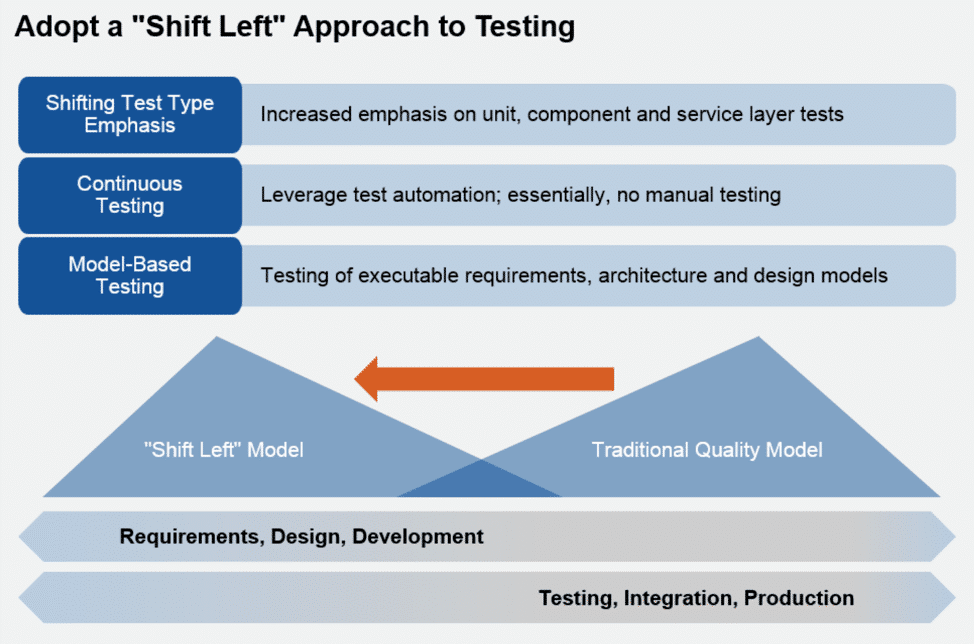
The report also proposed a restructuring of the Test Automation Pyramid to allocate automation efforts and yield maximum benefits.
Critical Capabilities for Automation Software Testing in 2020
We also evaluate these critical capabilities based on five standard testing use cases. These are Continuous Testing, Open-source-based Testing Acceleration, Progressive Web Apps/Responsive Web/Native Apps, API/Web Service Testing, and Enterprise End-to-end Testing.
- Match to nontechnical role skills: This criterion measures how suitable and user-friendly the product is, not only to test automation experts but also to other roles with limited to no testing experience in the team.
- Match to technical role skills: This criterion evaluates the product’s ability to help test automation experts – including testers and developers with proficient coding skills – enhance their productivity.
- Templates and accelerators: Whether and how well the product supports industry verticals and vertical applications through templates and accelerators.
- Change impact analysis: This measures how effectively the product helps identify sets of relevant test cases that need to be executed when there are changes in requirements and functionalities. This criterion also considers other factors such as risk, criticality, or business priority.
- Cross-platform and cross-browser support: This criterion addresses the range of platforms, browsers, and environments on which the product can operate, including Windows, macOS, Linux, Android, and iOS.
- Intelligent automation: Measures the implementation of artificial intelligence (AI), machine learning, self-healing heuristics, bots, and automatic (re)generation of tests the product offers.
- The breadth of technology support: This criterion evaluates the product on its coverage of different technologies, including UI frameworks and widgets, API formats, and protocols to allow end-to-end testing.
- Integration Capabilities: How well and how much the automation product integrates with other tools and environments, including IDE, CI/CD, defect management, and ADLM.
- Open-source support: Whether and how well the product supports well-known open-source tools and frameworks such as Selenium, Appium, JUnit, etc.
- Dashboards and reporting: This final capability assesses the product’s ability and effectiveness in providing tracking tools after the tests execute.
Overall, it is difficult to predict the future in the software testing industry in 2020 as it is changing faster than ever. However, there is no doubt that automated testing will play a significant role in this field of business.
Reference: Gartner's Voice of the Customer Report: 3 Key Takeaways
